These days, my kids are finding the ground littered with nature's helicopters - the maple seed! We always stop, pick up a few, let them go, and watch nature take flight. Maples produce these helicopter-like seeds in late summer or early fall. They vary in size, shape, and color based on the species of maple they come from. The seed pods have a wing that grows out from the ovary where the … [Read more...]
Bees & Pollen {InstaScience}
Check out the legs on this bee! It is not pumping iron, it's packing pollen! Literally hundreds of the tiny grains are resting on its pollen sacs waiting for the flight home. Bees have special combs on their front legs that they use to brush the pollen off their bodies and onto the sticky pollen sacs found on their hind legs. From flower to flower, the pollen builds up giving the bee one … [Read more...]
Cicada Emergence {InstaScience}
Every once in awhile you walk out the door and find something amazing. That was the case when Paige found this adult cicada emerging right on the frame of their front door! Cicadas, like butterflies, undergo complete metamorphosis. The nymphs spend at least a year or two underground feeding on sap from tree roots. They emerge in July, find a safe place, and spend the next hour or so … [Read more...]
Composite Flowers {InstaScience}
This purple coneflowers is known as a composite flower. In these types of flowers, what we see as one bloom is actually a composite of two different type of flowers! There are: Simple ray flowers (outside), which serve to attract pollinators. Complete disc flowers (inside) where the pollination actually occurs. Fun Fact - Sunflowers are also composite flowers! Teaching Science at … [Read more...]
Double Cherries {InstaScience}
We love fresh cherries in our house - a bag of them does not last very long between the four of us. But a recent chance pull of some double cherries led us to set down the bag and learn some science instead! We guessed that these double wonders were products of a seed split or maybe some genetic mutation. So, we weren't so keen to actually eat them. But after a bit of research, we learned … [Read more...]
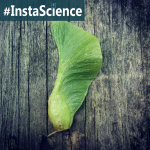
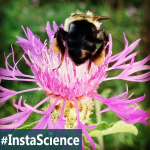
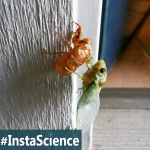
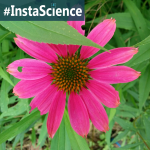
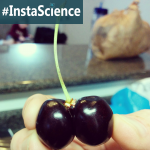


Join the Community!